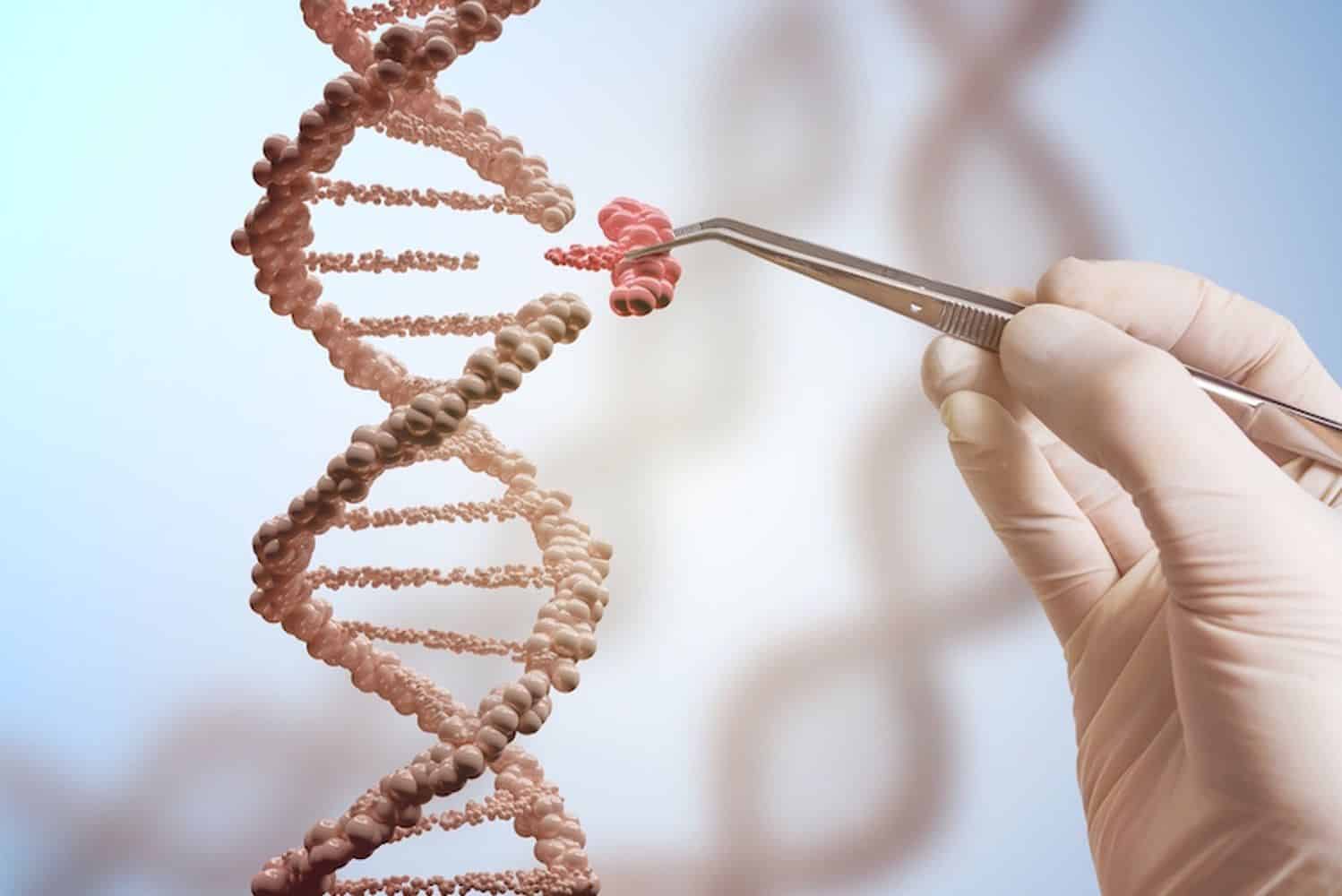CRISPR, since long has had a monopoly in the gene editing arena.
Like how all good things have a finite lifetime, so does CRIPR, now that scientists from institutes- John Hopkins, Rutgers and Harvard, and the University of Trento in Italy have developed a new technology named LASSO (pretty much acts like one too), to study large chunks of DNA and their function.
LASSO, unlike your wild imagination stands for long adapter single-stranded oligonucleotide, and does exactly what an actual lasso does- it “captures” and clone long sequences of DNA fragments.
Sounds more interesting than the name itself, does it not?!
LASSO cloning can be used to simultaneously isolate long DNA sequences faster than was previously possible. This new technique speeds up protein creation, the final products of genes, and is likely to lead to far more rapid discovery of new medicines and biomarkers for scores of diseases.
“Our goal is to make it cheap and easy for any researcher in any field to clone and express the entire set of proteins from any organism,” says Ben Larman, an assistant professor of pathology at the Johns Hopkins University School of Medicine and the study’s co-senior author. “Until now, such a prospect was only realistic for high-powered research consortia studying model organisms like fruit flies or mice.”
This recent study published in Nature Biomedical Engineering, describes a new type of captured DNA strand, a tool the authors refer to as a LASSO probe.
Collections of these LASSO probes can be used to grab desired DNA sequences—much like a rope lasso is used to capture cattle—but in this case thousands at a time in a single effort.
Each target gene sequence can be up to a few thousand DNA base pairs long, which is the typical size of a gene’s protein-coding sequence. The new technique is an improvement on an older method called molecular inversion probes, which is able to capture only about 200 bases of DNA, says Ben Larman.
The team used LASSO probes to simultaneously capture more than 3,000 DNA fragments from the E. coli genome as part of a proof-of-concept study. They captured about 75% of their gene targets successfully. Therefore, they can now take a genome sequence (or many of them) and make a protein library for screening with unprecedented speed, cost-effectiveness and precision, allowing rapid discovery of potentially beneficial biomolecules from a genome.
“Our vision is to apply the same approach but rapidly screen non-synthetic, biological or ‘natural’ molecules cloned from human or other genomes, including those of plants, animals and microbes,” said Biju Parekkadan, an associate professor in the Department of Biomedical Engineering at Rutgers University-New Brunswick.. “This could transform pharmaceutical drug discovery into biopharmaceutical drug discovery with much more effort.”






























